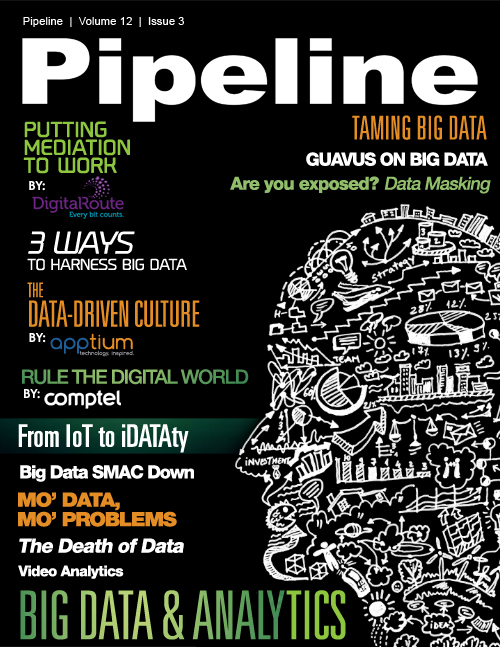Will IoT take us from identity to iDATAty?
The above is a great example of a single customer lens behavior-based offer that relies primarily on information about the customer from when they signed up, demographic data, and usage data. What will get interesting is when companies perform real-time campaigns using customer lifestyle information that is transmitted through their smartphone. And that’s where iDATAty and the IoT converge to change the game.
Eventually, all our transactions will flow through our mobile devices. I have switched to using Apple Pay since getting my iPhone 6, but many retailers are not there yet. When Apple Pay becomes widespread, my mobile device will collect everything from physiological stats: to what, where and when I buy; my social interactions; my travel; and my finances. Eventually, my home will be connected too, and this will flow into the pool of all my lifestyle data, creating a customer lifestyle lens.
Removing the Single Customer Lens Filter
For companies and marketers, the lifestyle lens is going to radically alter what constitutes a 360-degree view of the customer. Most companies today are looking at a customer just through the single customer lens. For instance, a grocery store has a very different view of a customer than, say, an insurance company. Companies only see the data relevant to their customer view, albeit through a digital clickstream, CRM, marketing, purchasing history, preferences and behavioral data. Yes, they are pairing this with demographic and other data –but they are still not seeing the entire picture.
As consumers become more connected, new data will become available through partnerships between different types of companies in various industries. A CSP might execute a partnership with a retailer, with the customer’s permission, to begin to understand where, when and how they buy. If a customer always buys their groceries at the local store and always buys shoes online, that information is valuable. Contextual (location-based, relevant, etc.) offers are here and now; however, very few enterprises have the ability to make this happen. CSPs are positioned to aggregate valuable digital transactions and couple that with real-time analytics to provide retailers with a serious opportunity to gain significant wallet share from consumers.
All of this sounds great; but it requires a modern, agile approach to data management and big data analytics. Organizations must have technologies that help process and operationalize data regardless of the size, complexity and pace. This approach includes:
-
Event stream processing. This technology combines high throughout (millions of events per second) and low latency (delays undetectable by humans) to make it easier to work with large data quantities. It sorts data streams requiring immediate attention from those that can be ignored. The global provider that creates real-time offers uses event stream processing to ignore data coming in from customers who aren’t close to maxing on their data plans.
-
Hadoop. This programming framework supports the processing of large data sets in a distributed computing environment. It offers massive data storage and super-fast processing at roughly 5 percent of the cost of traditional, less flexible databases. And it can handle structured and unstructured data (including audio, visual and text). Organizations can streamline the use of Hadoop and analytics, and they can use a preferred framework to manage their own data and load it into Hadoop without writing code.
-
In-memory analytics and statistics. The key to quick data discovery and analytics. In-memory, in-database solutions process data suspended in the memory of a powerful set of computers, instead of on a disc. Multiple users can share this data across multiple applications in a rapid, secure and concurrent manner.
-
A focus on the word “secure". Consumer information is sensitive and needs to be managed securely. CSPs should work with vendors that are committed to information frameworks that don’t amass data unnecessarily. A great example of this is credit card companies that use event stream processing and analytics to determine, at the point of transaction, whether a purchase is legitimate by analyzing previous purchasing data to determine the propensity for fraud. These companies don’t build digital file drawers on each customer. Instead, they dip into streams of data on recent purchases at the moment the card is swiped. CSPs also need to implement cybersecurity solutions to detect attackers’ reconnaissance activities in real time and monitor their existing security infrastructure to find hidden patterns and relationships uncovering malicious activity.
Knowing what the customer wants and delivering the offer before your competitor knows the customer is searching for it might seem out of reach, but it is happening today in small ways every time you sign on to a social media account. CSPs have the opportunity to pump it up and make iDATAty a reality.



















